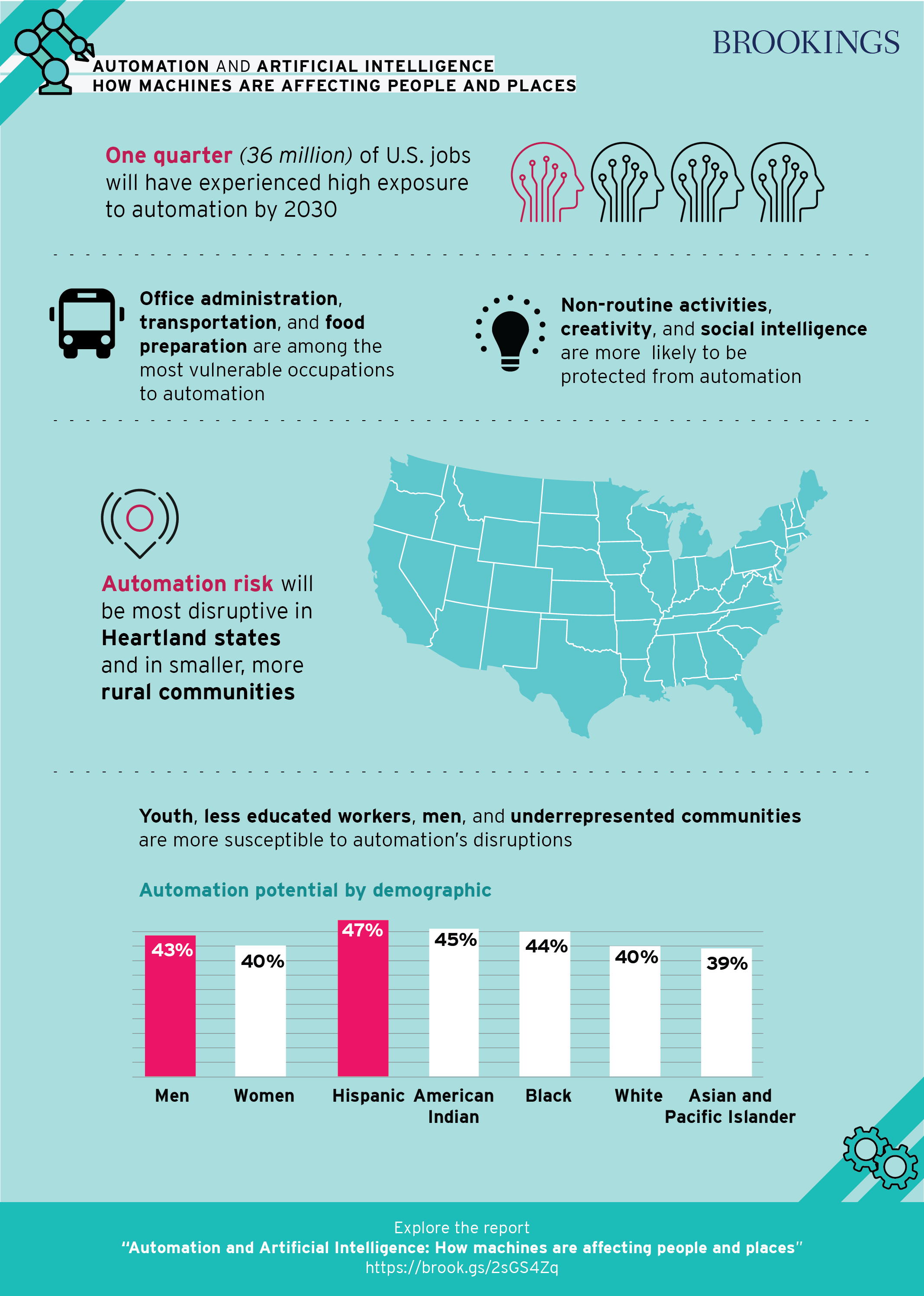
By KEN TERRY

In a recent podcast about the future of telehealth, Lyle Berkowitz, MD, a technology consultant, entrepreneur, and professor at Northwestern University’s Feinberg School of Medicine, confidently predicted that, because of telehealth and clinical automation, “In 10-20 years, we won’t need primary care physicians [for routine care]. The remaining PCPs will specialize in caring for complicated patients. Other than that, if people need care, they’ll go to NPs or PAs or receive automated care with the help of AI.”
Berkowitz isn’t the first to make this kind of prediction. Back in 2013, when mobile health was just starting to take hold, a trio of experts from the Scripps Translational Science Institute—Eric Topol, MD, Steven R. Steinhubl, MD, and Evan D. Muse, MD—wrote a JAMA Commentary arguing that, because of mHealth, physicians would eventually see patients far less often for minor acute problems and follow-up visits than they did then.
Many acute conditions diagnosed and treated in ambulatory care offices, they argued, could be addressed through novel technologies. For example, otitis media might be diagnosed using a smartphone-based otoscope, and urinary tract infections might be assessed using at-home urinalysis. Remote monitoring with digital blood pressure cuffs could be used to improve blood pressure control, so that patients would only have to visit their physicians occasionally.
More recently, in an interview for my new book, Peter Basch, MD, an internist and health IT expert at MedStar Health in Washington, D.C., told me his colleagues believed that between 10% and 70% of patient encounters with primary care physicians could be done via telemedicine. “There are visits that are necessary—new patients, people with new episodes of a condition, or who have belly pain or chest pain. But what fills up most of my days as an internist are routine follow-ups for hypertension and diabetes and so forth. I need to see your BP and your blood sugar, and if there’s a question, come in.”
But Berkowitz went well beyond these prognostications in his podcast interview. He told his interviewer, non-physician Jessica DaMassa, “A lot of primary care can be commoditized: it’s routine and repeatable. I could teach you how to do it. An AI robot could tell the patient when they need to see a doctor.”
In fact, Berkowitz, added, a computer can do a better job of routine primary care than the typical doctor does, because the computer is less likely to overlook something.
Referring to the pressure on physicians to see more patients, he said, “Let’s automate base-level care; then doctors can focus on patients who really need their help.”
That remark reminded me of my old friend, Joseph Scherger, MD, a family physician and a longtime thought leader in health IT. Many years ago, Scherger was emailing routinely with his patients–at a time when that raised eyebrows among his colleagues—so that he’d have more time to spend with those who really needed to be seen in person.
When I asked Scherger what he thought of Berkowitz’s future vision of primary care, he said, “While this area [of telehealth] will grow and the generation under age 50 will welcome the convenience of getting care this way, it ignores the importance of the relationship with a primary care physician as people age and develop chronic health problems. That role for FPs will endure. Also, parents with children, especially under age 10-12, will want a physician most of the time.”
Scherger doesn’t view telehealth as operating in isolation from the doctor-patient relationship, as it would if “basic-level care” were automated. “When you already have a deep relationship with a patient, telehealth can be used for even more than minor stuff,” he said. “The more accessible the communication, the more reinforcing of the relationship it is. It’s much like communicating with your loved ones by email or FaceTime.”
In Eric Topol’s latest book, Deep Medicine, Scherger added, Topol argues strongly in favor of building on the doctor-patient relationship, but with better technology-mediated intelligence. The subtitle of the book: How Artificial Intelligence Can Make Healthcare Human Again.
While AI algorithms can be used to help doctors pinpoint a diagnosis or navigate a medical decision in some cases, it’s unclear how safe or effective they are when flying solo. As Hans Duvelt, MD, pointed out in a blog post entitled “Medicine is Not Like Math,” what a doctor does cannot be easily compared to a quantifiable, standardized endeavor like manufacturing. What a doctor runs through in his head in seconds when he sees a patient is based on experience and subtle symptoms that an algorithm “seeing” a patient on a telehealth hookup might miss.
As a patient, I find Berkowitz’s thesis troubling in other ways: If I were receiving automated care for symptoms that I thought were serious, how would I feel if the algorithm told me that my stomach pain didn’t rise to the level where I needed to see a clinician? How could I be confident that this conclusion was accurate?
Would the algorithm grasp that, with my particular chronic condition, I should be reminded to do certain things or seek particular kinds of care that had nothing to do with the reason I had contacted my doctor’s office?
If I were a patient who was likely to follow a doctor’s advice to say, quit smoking, would I do the same thing if a computer told me to? If I was a noncompliant type of patient, would the AI robot be able to persuade me that this time, I should really take my blood pressure medication regularly? Would I be able to explain that I couldn’t afford the drug, and perhaps the physician should prescribe something less expensive?
The questions are endless. But anyone who has spent time dealing with tech support chatbots will sympathize with my view that we’re already too much at the mercy of automated systems that don’t recognize our humanity and don’t care about our pain.
Berkowitz’s argument that telehealth should be used more widely and that it can help relieve physicians of some routine tasks is well taken. While we’re still not at the point where we can trust the accuracy of most home monitoring devices, they can help alert doctors to trends that might prove dangerous to a patient’s health. But if and when the technology becomes more reliable, we’ll still need to consult physicians who know us and have our best interests at heart.
Ken Terry is a journalist and author who has covered health care for more than 25 years. His latest book, Physician-Led Health Care Reform: A New Approach to Medicare for All, was recently published by the American Association for Physician Leadership.
